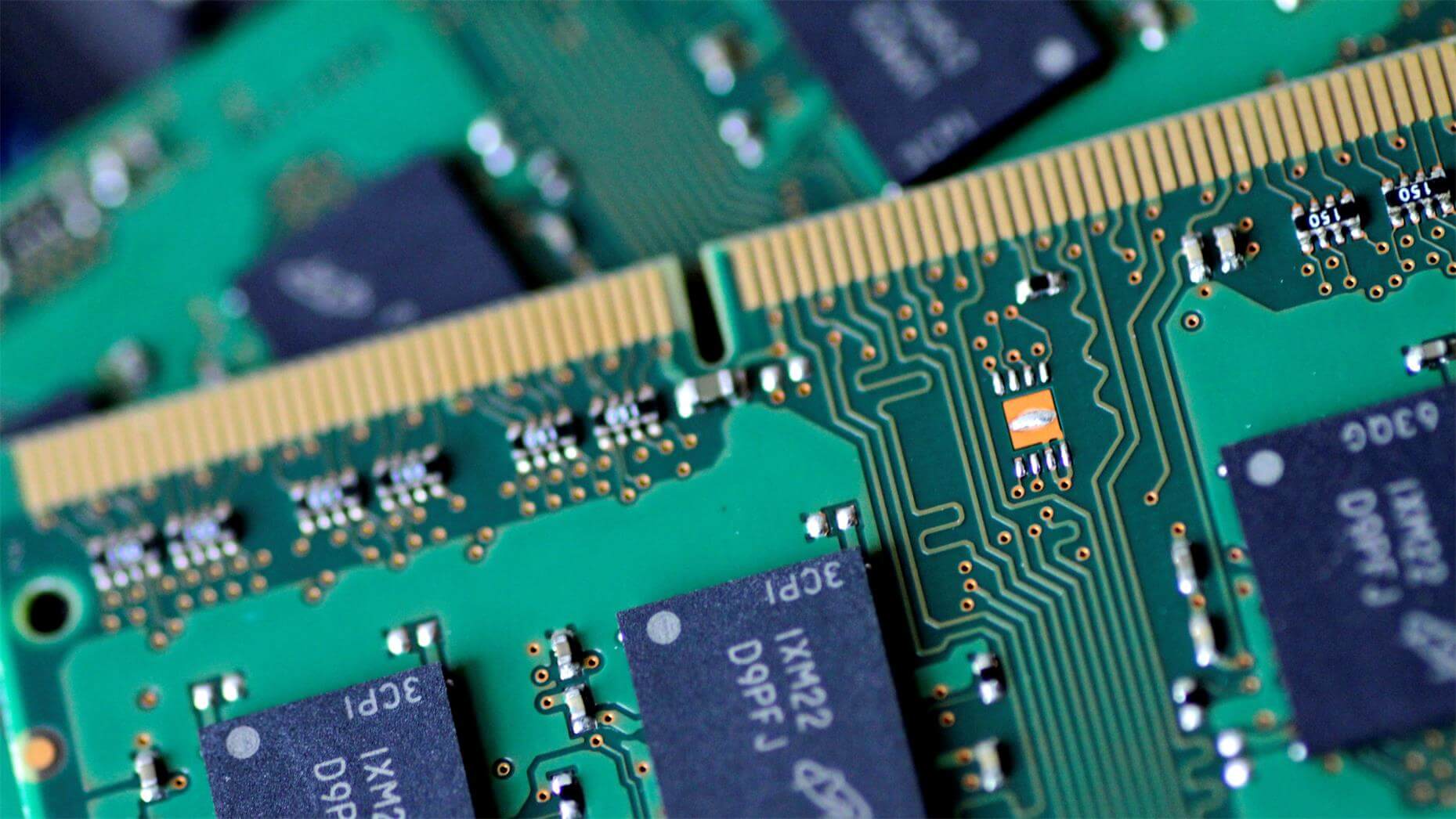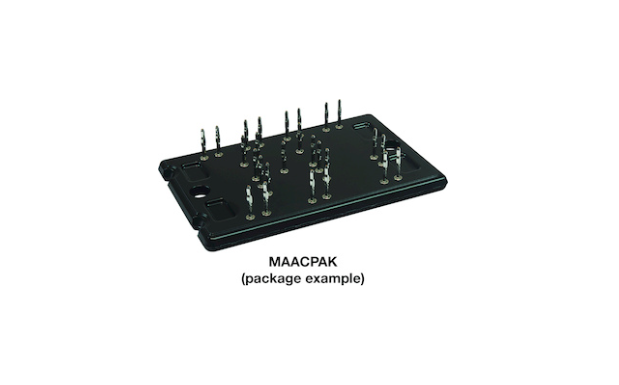NXP Semiconductors recently announced the production launch of its second-generation RFCMOS radar transceiver family.
The TEF82xx is the successor to the market-proven TEF810x, which has already shipped tens of millions of units. Optimized for fast chirp modulation, the device supports short-, medium- and long-range radar applications, including cascaded high-resolution imaging radar. It enables 360-degree sensing for critical safety applications, including automated emergency braking, adaptive cruise control, blind-spot monitoring, cross-traffic alert and automated parking.
Radar is becoming the key sensing modality for safety use-cases both for ADAS functions in classical passenger vehicles as well as for MaaS (Mobility as a Service) applications. On the road to fully autonomous driving, the more demanding use-cases require higher RF performance to “see” further, at distances beyond 300m, as well as at finer resolutions down to sub-degree level to accurately detect, separate and classify smaller objects. The TEF82xx radar transceivers make all of that possible. NXP’s scalable family of S32R Radar processors, combined with the NXP TEF82xx RFCMOS radar transceivers, deliver the fine angular resolution, processing power, and ranges, required for production-ready imaging radar solutions.
The fully integrated RFCMOS chip contains 3 transmitters, 4 receivers, ADC conversion, phase rotator and low-phase noise VCOs. The NXP TEF82xx also includes built-in safety monitors and external interface capability for MIPI-CSI2 and LVDS, and complies with ISO26262 and ASIL Level B standards.
Based on NXP’s proven RFCMOS technology node and production setup, the device delivers significant improvements over its previous generation. The RF performance has more than doubled, including a +6 dB phase noise improvement, output power of 14 dBm at phase noise of -95 dBc/Hz and a receiver noise figure of 11.5 dB. TEF82xx uses an ultra-compact eWLB package with exposed die, which allows for best heat transfer to meet the demanding thermal conditions in high-performance radar applications even at elevated ambient temperatures. A particularly short chirp return time of just 4µs reduces power-on-time, reducing sensor power consumption, and allowing to space chirps more closely in time which increases speed estimation capabilities.
Developers can easily build and optimize applications using the comprehensive radar algorithm library offered by the automotive-grade Radar Software Development Kit (RSDK) without having to spend time manually fine-tuning accelerator software. Engineers can also access the resources they need for quicker development by leveraging NXP’s large ecosystem of compilers, development environments, MCALs, and both free and commercial RTOS support.
“For high-performance imaging radar applications, which require 4x NXP TEF82xx radar transceivers cascaded with our high-performance S32R45 processor, OEMs can achieve ranges of up to 300m or above with sub-degree resolutions for azimuth, as well as elevation. We already have lead customers in their final radar module qualification stage based on our TEF82xx with a target start of production (SOP) by the end of this year with some automotive OEMs aiming for launch in model years 23/24,” said Steffen Spannagel, Vice President and General Manager ADAS at NXP.












All Comments (0)